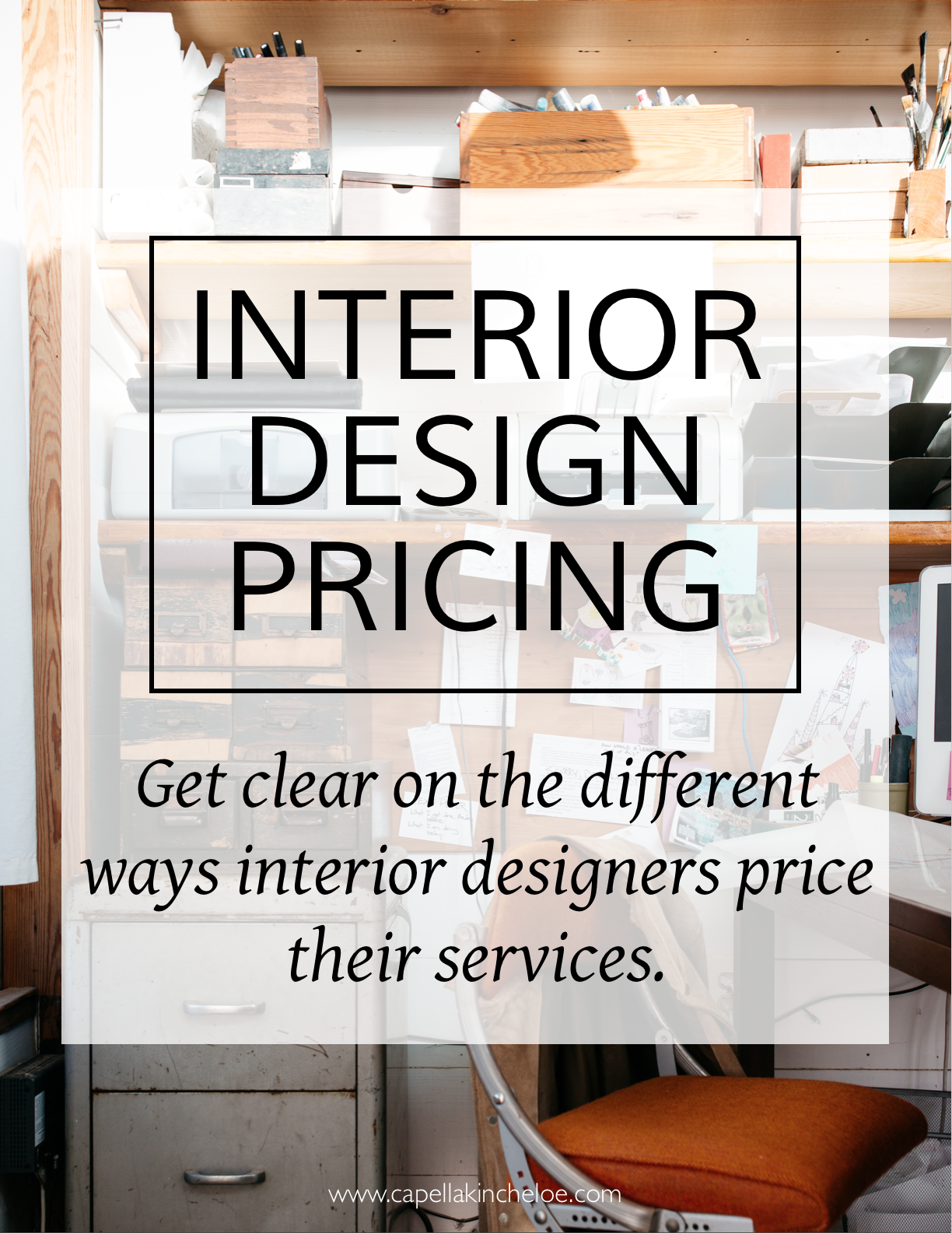Interior Design Pricing
How do Interior Designers price their services?
Just writing this question makes my head want to explode. This is a daunting question. Since there is no regulating body, there are about as many different pricing structures as there are interior designers. There is not a one size fits all for designers or clients, the bottom line is: as the client do you feel comfortable and do you understand how you’ll be charged. Do not be afraid to ask the designer to explain further before you sign the contract. Alright, let's get into pricing.
Flat/ Fixed/ Design Fee:
One rate for the entire project. Typically, this does not include furniture and other items, but is the price for the designer’s work and time on the project. The exact scope of the project and what the flat fee includes should be spelled out in the contract. This is sometimes called a Design Fee. This fee is calculated by any number of factors like experience, square footage, estimated time and budget. Example: $10,000.
Cost-Plus/ Markup:
The client pays the cost of an item plus a percentage markup. The cost of the item can be what the designer pays (designer’s net) or it could be retail. Some designer’s markup percentages change for different types of purchases: rugs, antiques, accessories, etc. Just make sure this is spelled out in your agreement. Example: $8999 (retail) minus designer discount of 40% = $5399.40 (designer’s net) x 35% markup = $7289.19 (cost-plus, client price). Example #2: $460 (retail) minus designer discount of 10% = $414 (designer net) x 35% markup = $558.90 (cost-plus, client price).
Retail:
A variant on the cost-plus model, this has the designer’s fee built-in. The designer pays the designer net price, and you will always pay retail and the designer’s fee is the difference. The designer will not always receive the same percentage, depending on what the designer’s discount is. Example: $8999 retail minus $5399.40 (designer’s net) = $3599.60 (designer’s fee). Example #2: $460 (retail) minus $414 (designer net) = $46 (designer’s fee).
Hourly:
A client will pay the designer for each hour worked on the project. Rates can range from $50-$300 and is based on location, experience, and talent. Its never smart to choose the cheapest option, though a designer may charge $100 an hour, it may take them half as long as the person who charges $75 an hour. Example: $100 an hour x 45 hours - $4500.
Square Footage:
More typical for commercial spaces clients pay a price per square foot. Example: $45 sq ft for 2500 sq feet = $112,500.
Percentage of Budget/ Percentage of Amount Spent:
When the budget is established at the beginning of the project, the designer’s fees are a percentage of that budget. This is similar to a Flat Fee but is not capped. At the end of the project the items are totaled and the client pays a percentage of the total amount spent. Usually the designer has charged installments based on the expected budget. Final Budget: $61,392 x 20% = $12,278.40.
Often the way interior design is priced is a combination of the above structures. Remember the bottom line:
Do you feel comfortable and do you understand how you’ll be charged?
I hope this has help clarify pricing structures for interior design services. Tell me in the comments below what pricing structure you prefer.
Want to discover the best pricing model for your interior design business? Check out my free pricing course for interior designers. Start Now!


